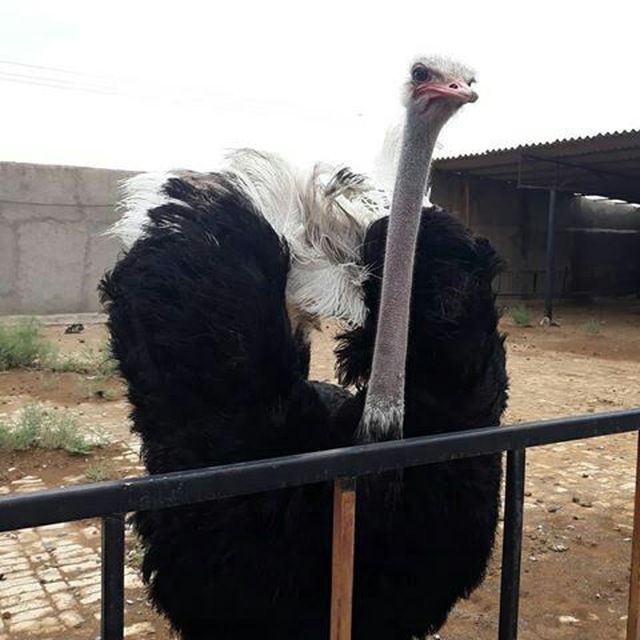Unlike the previous method of free feeding, restricted feeding is now discussed. Yolk sac inflammation is the most common cause of chicken mortality. Yolk absorption can be accelerated by restricting chickens’ food in the first days of life. This amount should be increased gradually and simultaneously with the growth of chickens and their health. It is recommended to feed twice a day. Chopped nettle leaves are recommended as a dietary supplement without any restrictions. Because the chickens are not active at night, there is no need for night feeding. In order to quickly detect any deviation from normal growth, the bird’s food intake and growth should be continuously monitored. Excess weight gain is compensated by reducing the amount of food or increasing the percentage of crude fiber in the diet. Roaming and Grazing From two to three weeks of age, grazing in a field of alfalfa or clover will be a safe alternative to fresh forage. To avoid excessive consumption of stems and indigestible objects and as a result the risk of constipation, you should pay attention to the following points:
In feeding ostriches, you should pay attention to the amount of fodder, straw, fibrous materials, sand, pebbles and eat foreign objects and bring them under control. Torsion Torsion of the intestines has been observed in ostriches, but it is rare in young ostriches aged 4-12 months. This complication occurs after sudden changes in diet and eating large amounts of fiber. Rickets of this condition is mainly seen at the age of 1 to 4 months, lack of calcium, vitamin D, deficiency or lack of phosphorus or high amounts of calcium in the diet of ostriches can cause this condition. In concentrated diets that have 3 to 4% calcium, the absorption of phosphorus is impaired, causing this problem in the bird. Also, continuous diarrhea can reduce the absorption of salts and vitamins. Therefore, this complication can be observed after it. Misc.: open legs (purity syndrome) This condition is seen in the first two weeks of the life of ostrich chicks, which indicates high humidity in the greenhouse. Humid and edematous ostrich chicks show this condition in the first two days of their life.
